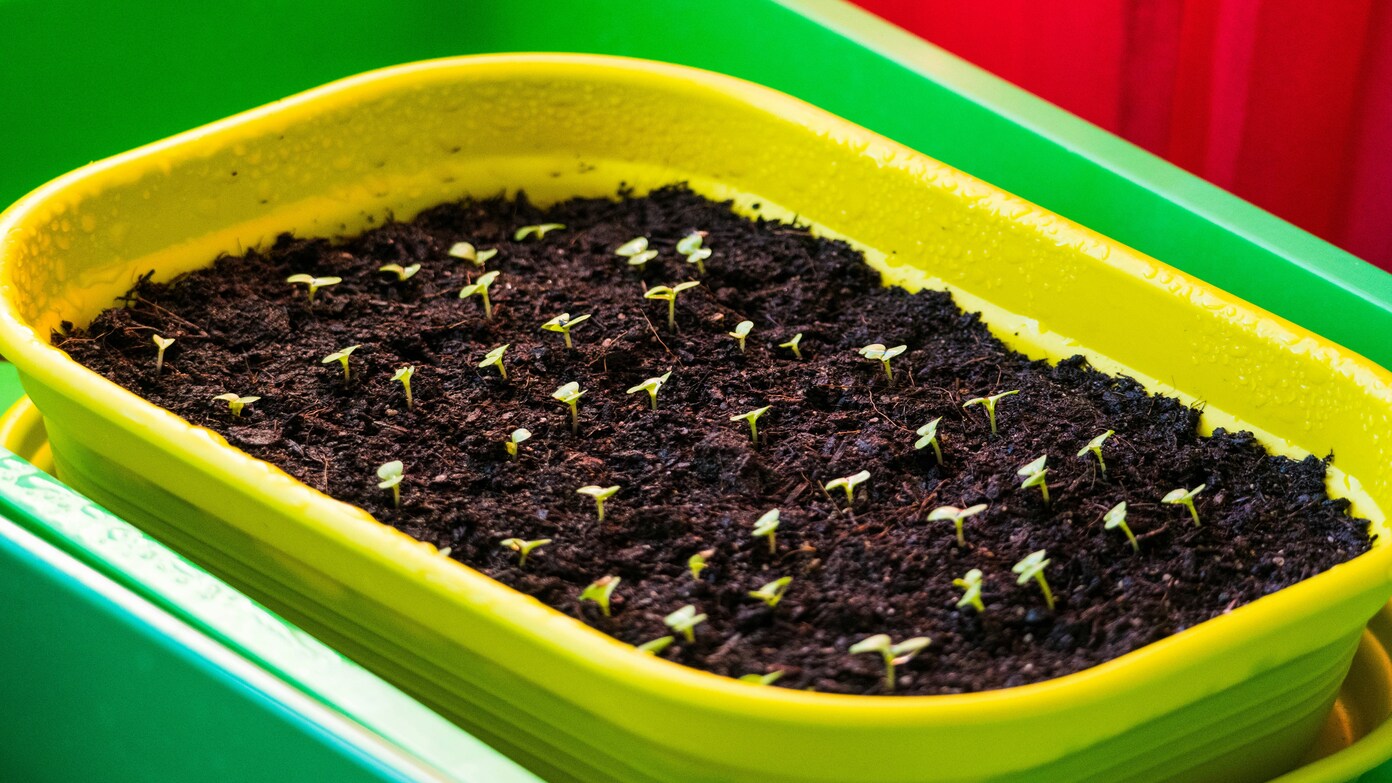Many millions of Americans rely on the SNAP benefits every month to purchase vital groceries. Most people associate SNAP benefits only with the purchase of fresh fruits, vegetables, and other edibles, but many might not know that the program also allows for seeds and plants that produce food. This option allows recipients to grow some of their own food, stretching their benefits further into self-sufficiency.
What can you buy with SNAP?
Purchase by the recipient under SNAP includes:
- Seeds for fruits, vegetables, and herbs
- Plants that produce food, such as tomatoes or peppers
- Trees and bushes bearing edible fruit
- Other plants that produce food
These items may be purchased at any SNAP-authorized retailers, which include grocery stores, garden centers, and farmers’ markets.
Benefits to gardening for SNAP recipients
With SNAP benefits, growing food for the home is one way of filling the gap for a food secure environment and savings. According to USDA, a $1 investment made in seeds and fertilizers can produce up to $25 worth of fresh produce. That means families can not just enhance their supply but also have access to nutrient diets throughout the year.
A few benefits of backyard gardening to SNAP recipients include:
- Stretching food budgets – Home gardening of fruits and vegetables allows one to buy even less expensive produce from stores.
- Access to fresh and healthy food – Homegrown produce tends to be fresher and healthier versus what can be bought in stores.
- Self-sufficient and empowering – Gardening helps make people less dependent and offers a sense of pride to SNAP participants.
- Teaching moments – Growing food is an important lesson and can promote wellness decisions.
Fostering gardening for SNAP participants
For someone not familiar with it, setting up a home garden may seem a little daunting. The good news is there are many ways to help SNAP participants buy food with their benefits:
1. Community gardening programs – Local organizations and community centers could set up gardening classes and workshops that would impart basic gardening skills.
2. Urban gardening solutions – In tight space situations, the residents are able to have a little indoor gardening for small food-bearing plants or just balcony and window-sill gardens.
3. Shared garden space –Landowners willing to donate space for SNAP recipients to start gardens include businesses, nonprofits, and community groups.
4. Family gardening activities – Engaging family members in gardening together can turn the venture into an enjoyable and educational experience for the children.
5. Cooking and recipe resources – Create recipe books featuring easy-to-grow ingredients to help families incorporate more of their produce into meals.

